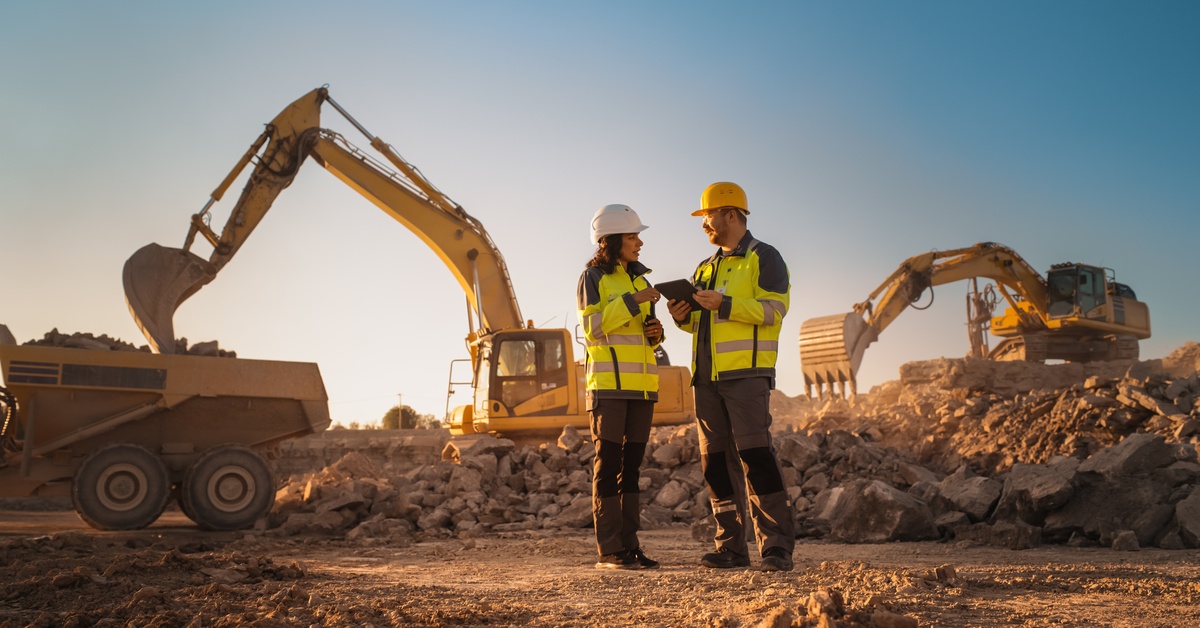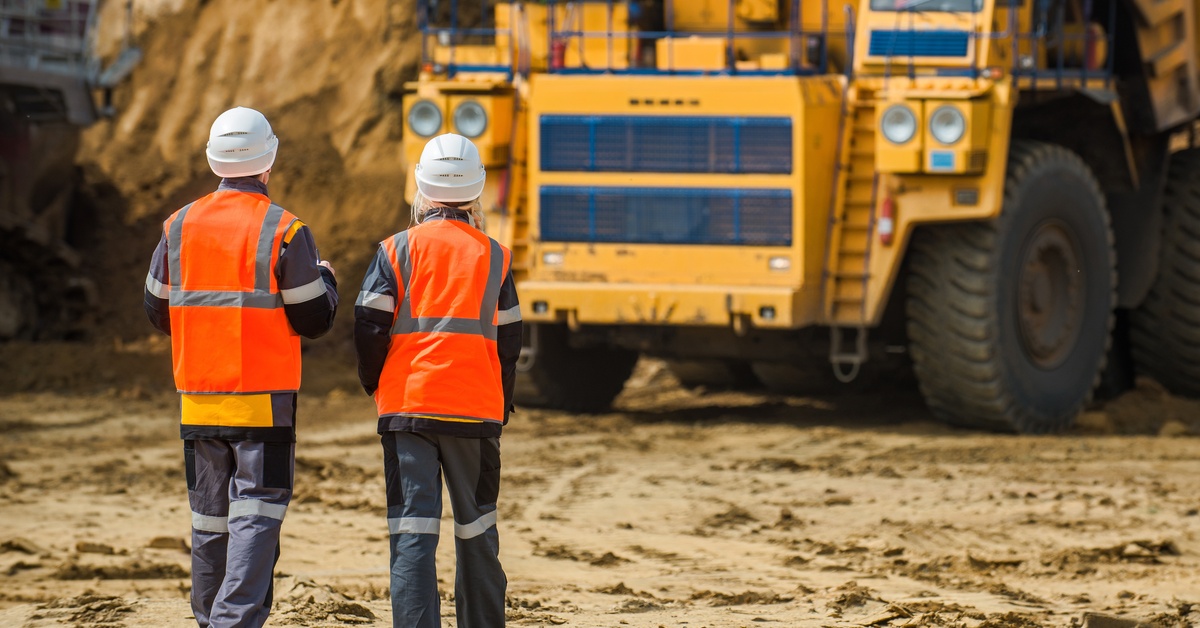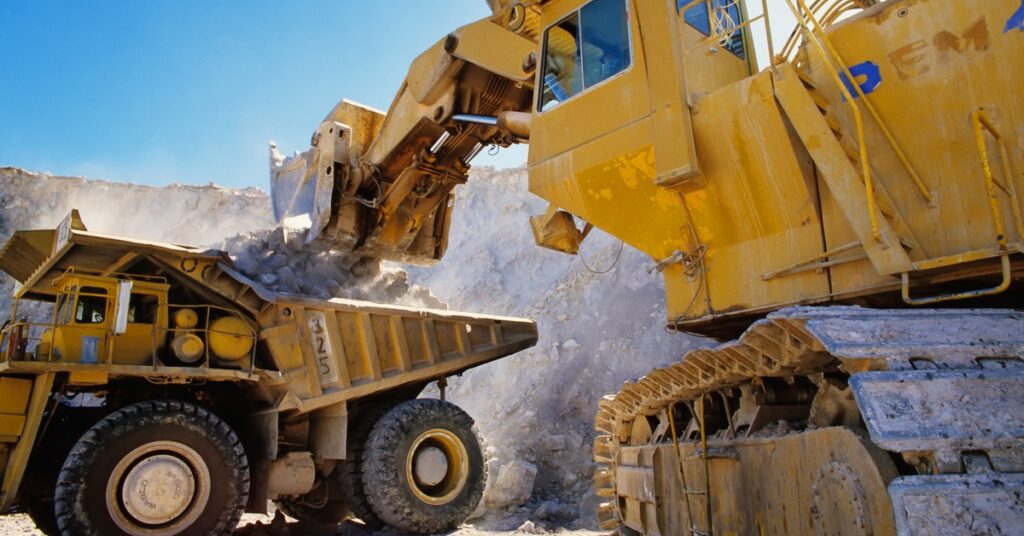Driveline vibrations might be the first indication that something within your mining equipment needs attention. Ignoring these vibrations can lead to costly repairs, reduced performance, and safety risks, as the problem tends to worsen over time. When you understand driveline vibrations and how you can identify them, you can address them and get back to work.
Recognize the Common Signs of Driveline Vibrations
Pay close attention to unusual vibrations felt through the floorboard during acceleration, cruising, or braking. Vibrations during different driving conditions can provide clues about their source. For example, vibrations during braking may indicate issues with brake components, while vibrations during acceleration could stem from the driveshaft, axles, or engine-related problems.
Know How Speed Affects Vibrations
Vibrations that change with speed are often linked to the driveline. If the intensity of the vibration increases at high speeds, it typically points to imbalances or misalignment. Vibrations that start suddenly at a specific speed could suggest a resonant frequency problem, where certain components naturally vibrate together. By noting when the vibrations occur, you can narrow down the potential causes.

Inspect the Driveshaft for Damage
The driveshaft transfers power from the transmission to the wheels. Examine it closely for cracks, dents, or corrosion. Even small imperfections can disrupt the driveshaft’s balance and cause vibrations. Additionally, ensure that the driveshaft’s connections and slip yokes are in good condition.
Check for U-Joint Wear
Universal joints (U-joints) commonly cause driveline vibrations. Over time, U-joints can develop looseness or binding due to wear and tear. If the U-joints are not rotating smoothly, it can cause uneven movement and vibrations in the driveshaft. Test for excessive play or stiffness in the U-joints, and replace them if needed to restore operation.
Evaluate Driveshaft Balance
A poorly balanced driveshaft might cause driveline vibrations. Imbalances can occur due to manufacturing defects, wear, or damage. Vibrations that come from an imbalanced driveshaft often increase with speed, creating a rhythmic pulsing sensation. Consider having a professional balance the driveshaft to eliminate this issue.
Look for Misalignment
Misaligned driveline components can disrupt the seamless operation of the equipment and cause vibrations. Focus on checking the alignment of the driveshaft, differential, and transmission. Even small misalignments can lead to more intense vibrations over time, so inspect connections, angles, and alignment points.
Examine Mounting Hardware
Broken or loose mounting bolts and brackets can compromise the stability of the entire drivetrain. Carefully inspect all fastening points, including transmission mounts, engine mounts, and differential mounts, for damage or looseness. Replacing worn or damaged mounts can reduce vibrations and improve driveline stability.
Inspect Differential Components
The differential is a key component in the driveline system, and it’s responsible for transferring power to the wheels while allowing them to rotate at different speeds. This enables smooth cornering and maneuverability.
However, worn gears or bearings inside the differential can cause vibrations, which are noticeable during tight cornering or when accelerating from a stop. Ignoring these signs can lead to further wear and require repairs. Regular inspection and maintenance of the differential, such as checking for leaks or unusual noises, can help you identify and address issues before they worsen.
Assess Wheel and Tire Balance
Wheel and tire imbalances are among the most common causes of vibrations and can negatively affect driving comfort and safety. Unbalanced tires can cause noticeable shaking in the steering wheel or seat, especially at high speeds. Confirm that the tires are balanced during routine maintenance.
Additionally, check for signs of uneven wear, alignment issues, or improper tire inflation. Inspect the tires for other problems, such as damage, bulges, or low air pressure, as they can contribute to vibrations and decrease the tires’ lifespan.
Check Axle Shafts for Damage
Bent or damaged axle shafts are common sources of vibrations, particularly when accelerating or carrying heavy loads. These issues could result from impacts, such as hitting a curb or potholes or driving over rough terrain. Vibrations caused by a damaged axle shaft typically intensify as speed increases, making them harder to ignore.
Failing to address a problematic axle shaft can lead to further complications, including damage to adjacent driveline components. Regularly inspecting axle shafts for damage, such as bends, cracks, or rust, and addressing them is vital for maintaining a smooth and stable ride.
Focus on Center Support Bearing
Off-highway equipment with multi-section driveshafts use center support bearings to stabilize the driveshaft. These bearings prevent excessive movement and provide support for smooth power transfer along the driveline. However, worn, misaligned, or damaged center support bearings can lead to constant vibrations, which are particularly noticeable at high speeds or under heavy loads.
Over time, a damaged support bearing can degrade the driveshaft’s balance and damage surrounding components. Regularly inspecting and replacing faulty center support bearings can improve the smoothness of driveline operation.

Evaluate Suspension Components
Suspension components, such as bushings, shocks, and springs, play a critical role in maintaining the stability and performance of the driveline. Worn or faulty suspension parts can lead to an uneven ride and excessive bouncing. Bushings may deteriorate or crack over time, shocks can lose their ability to absorb impacts, and springs may weaken or break. Regular inspections can help you identify and address worn or damaged parts before they worsen.
Look for Drivetrain Fluid Issues
Low or contaminated fluids in the differential, transfer case, or transmission can cause internal components to wear out prematurely and generate vibrations. These fluids lubricate and cool moving parts, reduce friction, and prevent overheating.
Over time, dirt, debris, and moisture can contaminate these fluids, reduce their effectiveness, and lead to excessive wear. Pay attention to leaks or unusual noises, as they may indicate fluid issues that need immediate attention.
When you understand how to identify driveline vibrations in your mining equipment, you can address the causes of the vibrations before they lead to more severe problems. Adopting a proactive approach to maintaining your mining equipment’s driveline will save you time and money and lead to a smoother, more reliable mining experience. Our off-highway powertrain services at Bull Powertain can keep your mining equipment in great condition.

